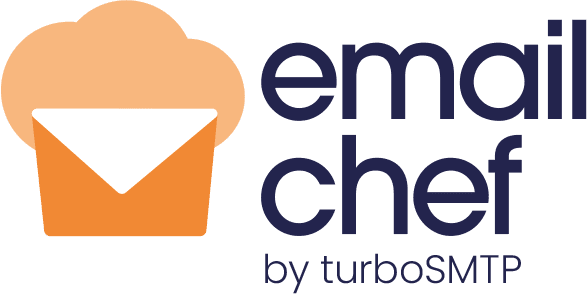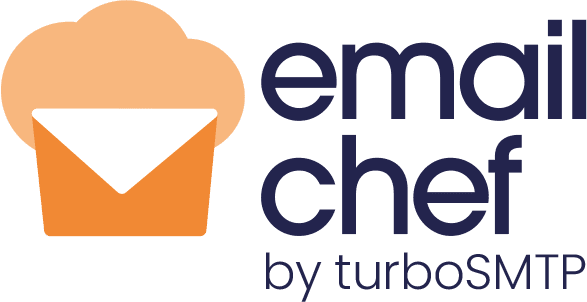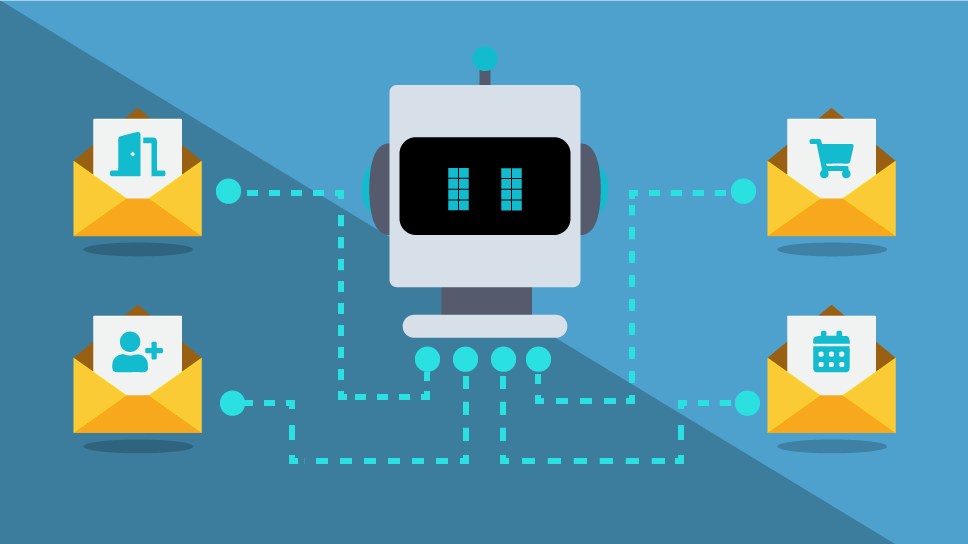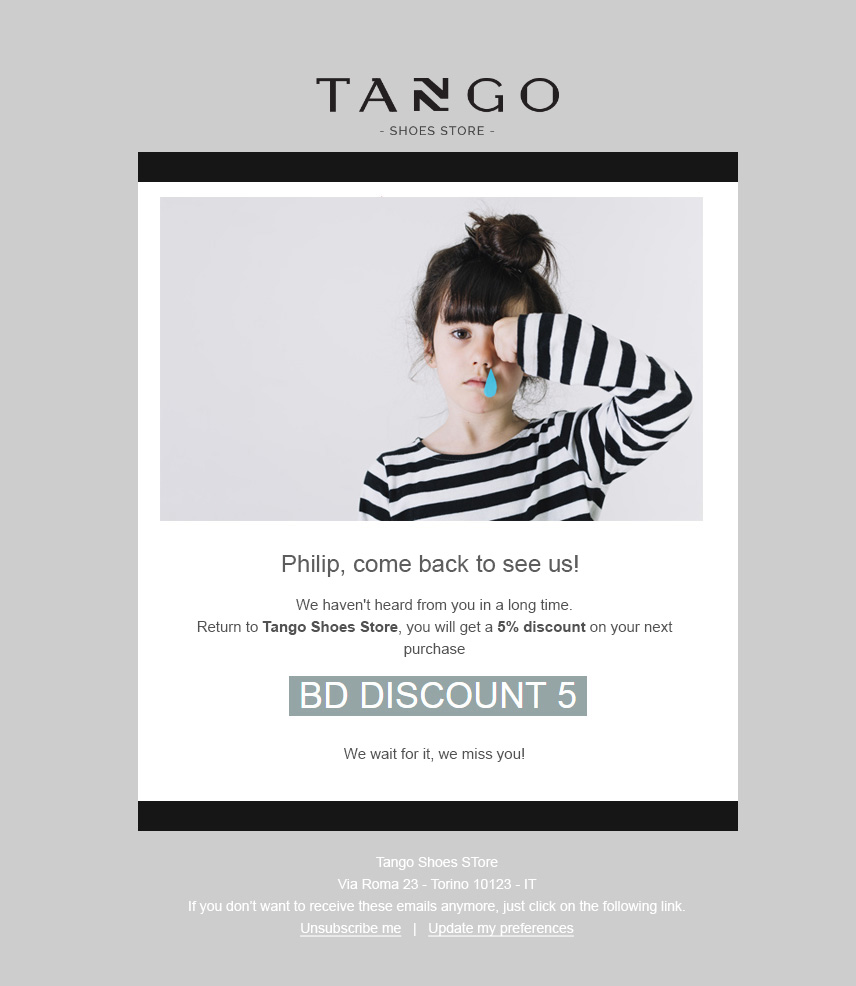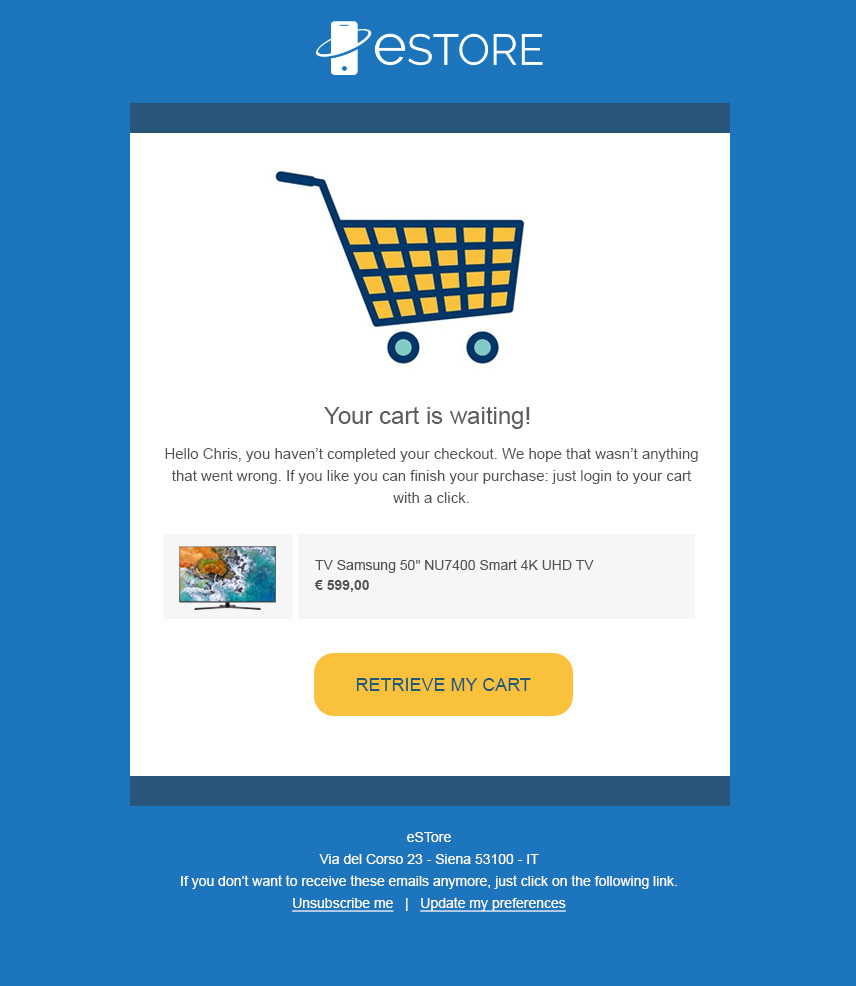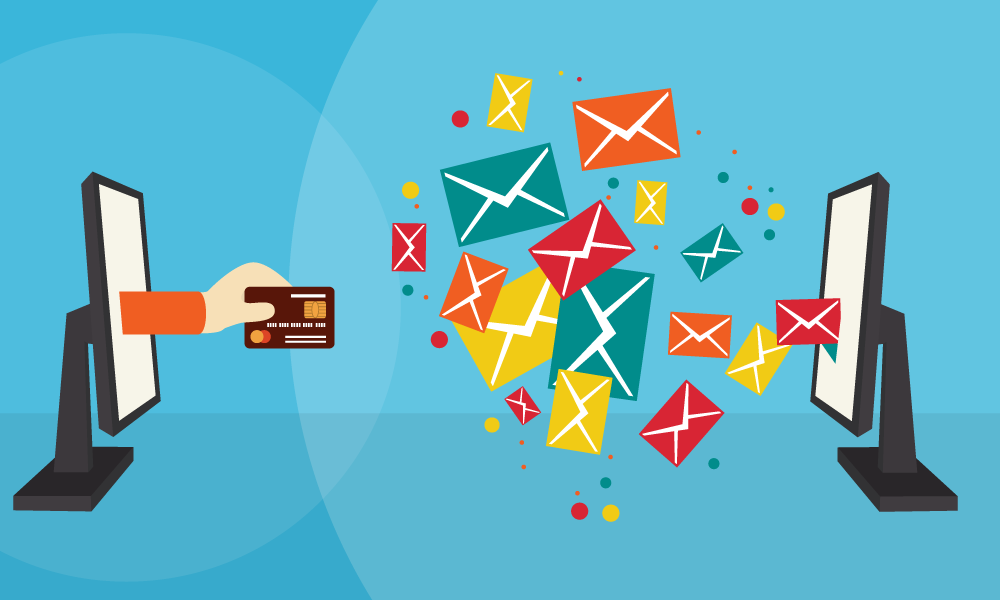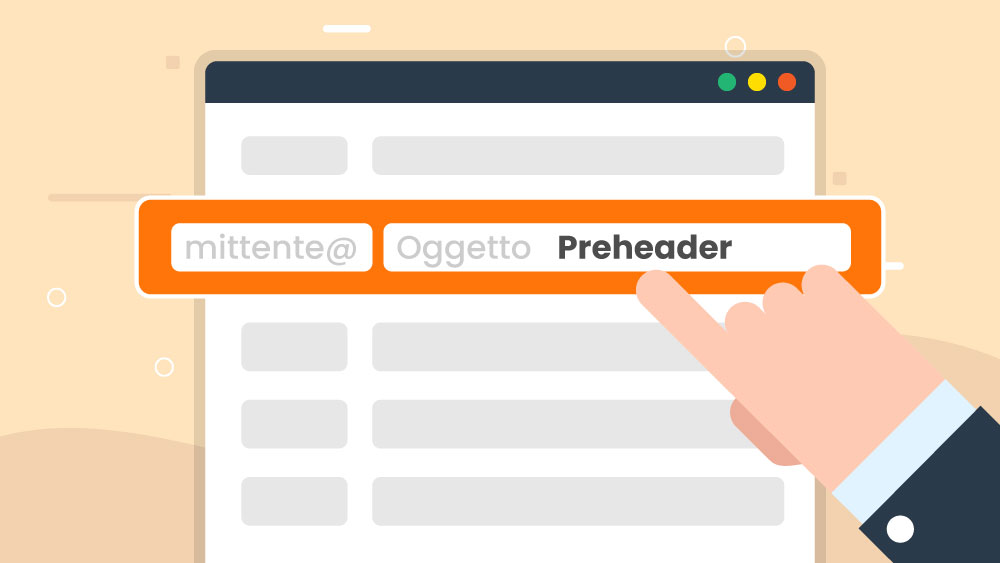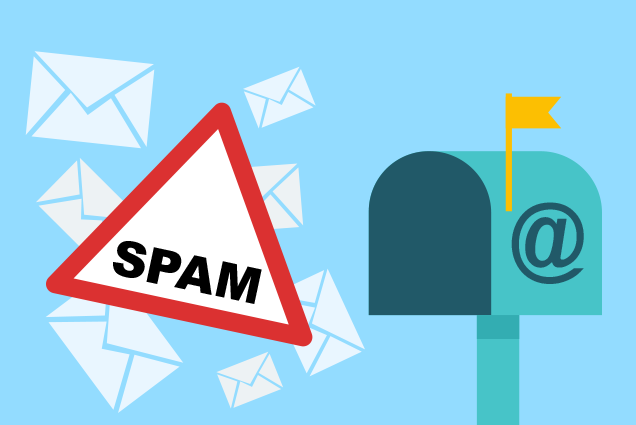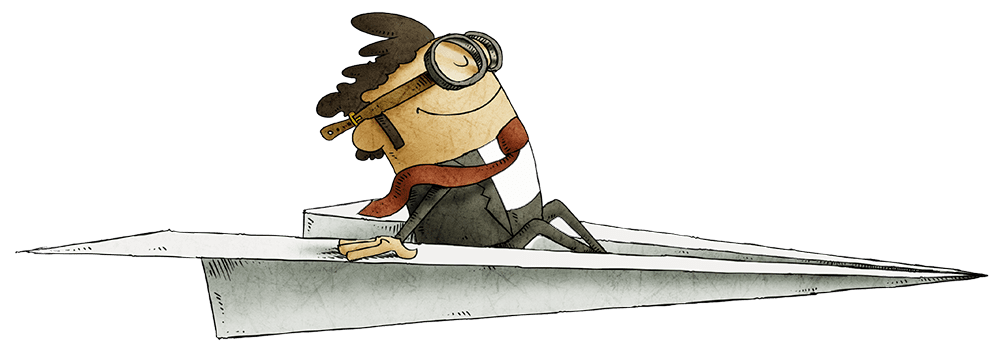A long-term email marketing plan must include a strategy for automatic messages: autoresponders and transactional emails. These emails work with your newsletters to maximize marketing efforts and increase conversions.
How do autoresponders work? It’s not complicated, but we do need to clarify some terms first.
An autoresponder is a function on email marketing platforms and software that sends automatically and according to pre-determined conditions, messages that have been prepared in advance and with a precise goal.
The autoresponders are part of marketing automation (here’s a definition).
Automatic campaign messages are sent systematically according to a series of instructions called workflows. The event that “provoke” the sending of the message, which has been drafted to meet a particular function, is called a trigger.
For example, the function could be a greeting sent to people who have just signed up for the newsletter; the trigger would be the completion and sending of the registration form.
Trigger can be adjusted according to the individual variables of each contact, making automatic messages very relevant to users. They score a high rate of opening and clicks and can generate greater conversions.
In this post we introduce some ideas that you can consider to make the most of Emailchef’s automated email marketing.
Welcome Emails
The user receives these emails when they register on a website or for a service using a Web form. This usually involves subscribing to a newsletter. The form might be on the company website, on Facebook, on a landing page or anywhere else.
The welcome email actually follows another automated message: the opt-in email. Often, new subscriptions arrive through a form offering an incentive in exchange for registration, for example an ebook to download for free:
Welcome emails represent a first and important step to consolidate the brand identity for the subscriber.
Birthday Emails
You can set this autoresponder if you’ve asked the user for their date of birth when they registered.
A birthday email is not just about sending good wishes. It’s also a stimulus to interact with the company, for example through a personalized discount for a purchase. You will not only receive higher-than-average conversions, you also land an opportunity to interact with less active users.
If a promotional period is already underway, a birthday email is the right way to push sales further.
Reactivation Email
Imagine that you’re offering an online language course delivered through a mobile app. You know that after the first few weeks, use of your app starts to decline. Users stop regularly accessing the service. You could send one or more emails to your users’ inboxes on different days, inviting them to log in again and resume their study. These are reactivation emails.
A decrease in interest will always affect some subscribers of any mailing list. Trying to win them back through a reactivation email is less expensive than bringing in new leads.
The reactivation email always contains a call to action expressed with a direct and striking tone of voice towards the user. It could be a personal discount, an invitation to rate the quality of the service or a focus on the latest news.
Email to Retrieve the Shopping Cart
Who hasn’t picked items for purchase when browsing an ecommerce website, then abandoned the cart without paying? Autoresponders can help you to unblock a significant portion of those lost purchases.
This automatic email can contain different types of content. You could re-offer the products left in the cart, or pitch a special discount on the shipping costs. You could also implement an upselling strategy and offer products related to those that the user has abandoned.
Like any autoresponder, customizing the message with a placeholder is very important. In this case the images of the products that have not been purchased, with possible discounts in plain sight, can be very powerful.
Here’s how to insert placeholders in Emailchef newsletters and autoresponders:
Upselling Emails
Upselling is the practice of proposing additional products to those initially selected by the customer.
This autoresponder draws on a user’s purchase behavior to send an email with a selection of products relevant to those the client has already bought.
The goal is not simply to sell more, but to keep the memory of the brand alive in the mind of the client. In addition to personalizing the email, mentioning the products the customer purchased explains why you’re contacting them.
For example, a customer who bought a camera lens could be offered a variety of accessories for photographers and video amateurs.
Automatic emails are a crucial tool for keeping in touch with your audience, letting you focus your content marketing on your newsletters.
Autoresponders do need regular maintenance but once set up, they can perform a wide variety of functions. And like other emails, they benefit from the Emailchef’s Reports feature, which gives you the information you need to quickly adjust your strategies.
With our powerful drag & drop editor you can create entirely customized emails and tailor them to your brand identity. Log in to Emailchef and start testing.
